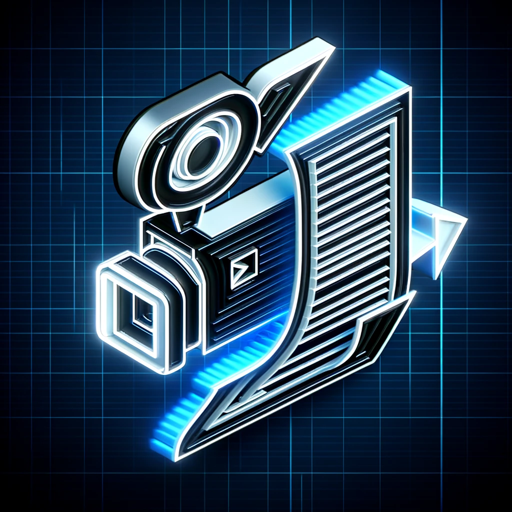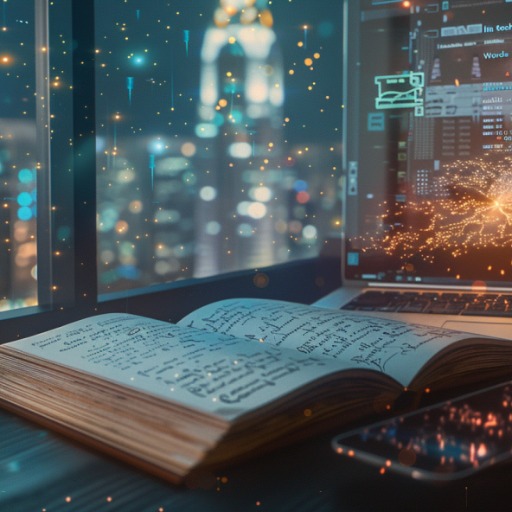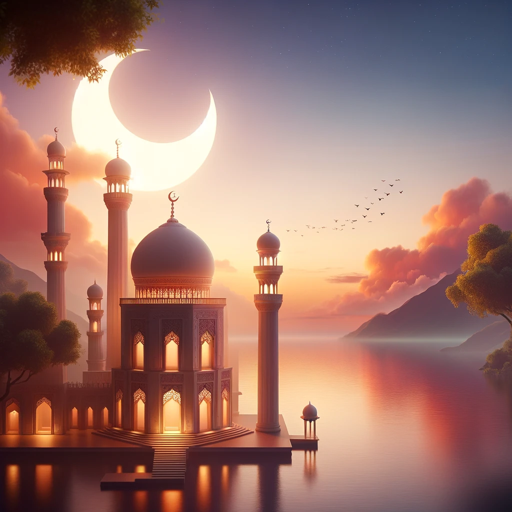Text-to-Video-text-to-video generator
AI-powered video from text
Related Tools
Load More
Video to Text
A video-to-text transcription assistant.
Video AI Genie - Create video from text.
Bring your creative ideas to life with Video Ginnie : Describe your vision in text and let us craft it into captivating videos, perfect for platforms like YouTube, Instagram, and TikTok.

Text to Video AI by Shimmer
Create AI generated videos with text, images, or videos in ChatGPT

Text to Video Creator
Friendly assistant for creating engaging product videos.

Realistic AI Text to Video Prompt Designer
A GPT capable of providing prompts for realistic text to video generation

Blinkcuts - Text To Video
A GPT that creates videos from text inputs.
20.0 / 5 (200 votes)
Introduction to Text-to-Video
Text-to-Video technology, exemplified by the Sora model, is an advanced AI system that transforms textual descriptions into fully realized video content. This model leverages a diffusion model architecture, which starts with random noise and refines it through iterative steps to create visually coherent videos. Sora is designed to understand and simulate the dynamics of real-world interactions, making it capable of generating both realistic and imaginative scenes. For instance, a prompt describing a bustling medieval marketplace would result in a video showcasing vendors, shoppers, and the vibrant atmosphere of the setting. The model's ability to handle complex scenes with multiple characters and specific types of motion highlights its versatility in creating detailed and dynamic visual narratives.

Main Functions of Text-to-Video
Historical Footage Recreation
Example
Generating a video depicting the signing of the Declaration of Independence.
Scenario
Historians and educators can use this function to bring historical events to life, providing a visual aid that enhances learning and engagement.
Futuristic Scenarios
Example
Creating a scene of a futuristic city with flying cars and advanced technology.
Scenario
Science fiction writers and filmmakers can use this function to visualize and refine their creative ideas, helping in pre-visualization for storytelling and production.
Complex Scene Simulation
Example
Depicting a crowded urban street with various activities like street performances and market stalls.
Scenario
Urban planners and architects can use this function to simulate and study the dynamics of public spaces, assisting in design and planning processes.
Ideal Users of Text-to-Video Services
Educators and Historians
These users benefit from the ability to recreate historical events and educational scenarios in video form, making learning more interactive and engaging. By visualizing historical moments or scientific concepts, educators can offer students a more immersive educational experience.
Filmmakers and Writers
This group can leverage Text-to-Video to pre-visualize scenes, create storyboards, and explore creative ideas visually. Filmmakers and writers can use the technology to experiment with different narrative elements and visualize complex scenes before actual production, saving time and resources.

How to Use Text-to-Video
Step 1
Visit aichatonline.org for a free trial without login, also no need for ChatGPT Plus.
Step 2
Enter your text prompt in the designated field. Make sure to describe the scene, characters, and any specific actions or settings you want to include.
Step 3
Select the desired video length and quality settings. Note that longer videos may take more time to generate.
Step 4
Click the 'Generate Video' button to start the video creation process. You may need to wait a few moments as the video is being processed.
Step 5
Download or preview the generated video. You can make adjustments to your prompt and settings if the initial result isn't as expected.
Try other advanced and practical GPTs
Note Maker
AI-powered note generation for organized learning

ISO 9001 Advisor
AI-Powered ISO 9001 Guidance Tool

技术路线图
AI-Powered Technical Roadmaps for Efficiency

Muslim Scholar
AI-Powered Islamic Knowledge at Your Fingertips

Food Nutrients
AI-powered Nutritional Insights

psicologo riguroso MILOCHOMIL
AI-powered psychological guidance for all.

Stable Video, the Creator
AI-powered Video Concept and Script Creation

小红书营销专家
Boost Your 小红书 Presence with AI

Hadoop Helper
AI-Powered Expert Guidance for Hadoop

CrewAI Agent, Task & Tool Maker 🧰
AI-Powered Agents for Task Automation

와이즈 트레이딩 루름 GPT
AI-powered trading scripts, simplified.

copy
AI-Driven Copywriting Excellence

- Marketing
- Education
- Storytelling
- Entertainment
- Training
Text-to-Video Q&A
What is Text-to-Video?
Text-to-Video is an AI-powered tool that converts text descriptions into fully-realized videos, simulating realistic scenes and interactions based on user input.
What are the prerequisites for using Text-to-Video?
There are no specific prerequisites. You simply need to visit aichatonline.org to start using the tool. No login or subscription to ChatGPT Plus is required.
What are common use cases for Text-to-Video?
Common use cases include creating educational videos, visualizing historical events, crafting marketing content, producing creative short films, and generating visual aids for storytelling.
How long does it take to generate a video?
The time to generate a video depends on its length and complexity. Shorter videos are typically ready within a few minutes, while longer or more detailed videos may take longer.
Can I customize the video after it is generated?
Yes, you can make adjustments to your text prompt and video settings, then re-generate the video to refine the final output.